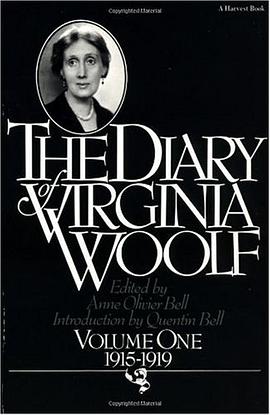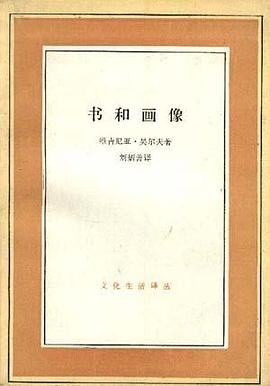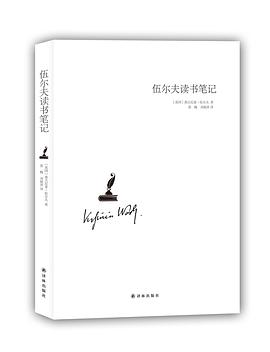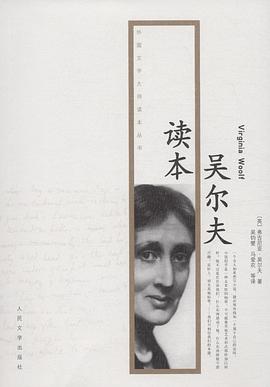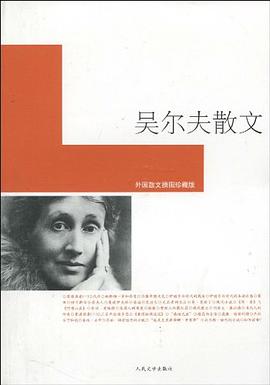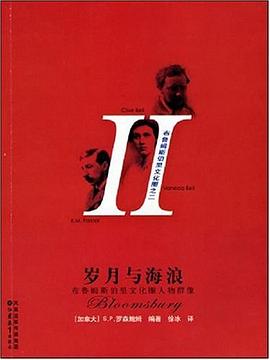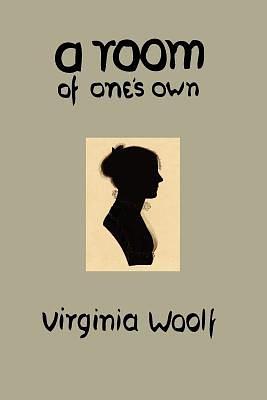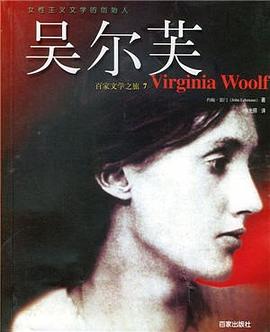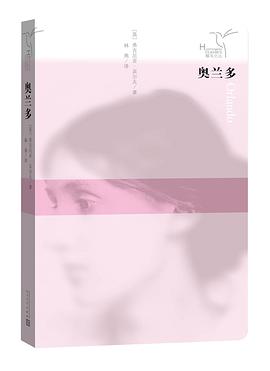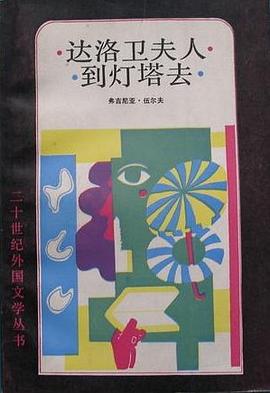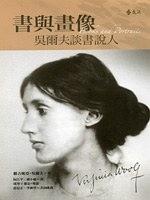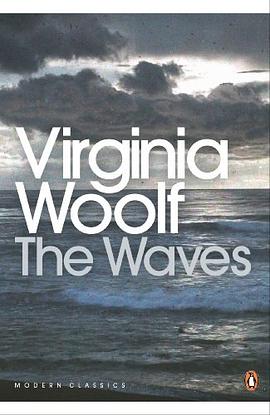

具体描述
The Waves, more than any of Virginia Woolf's novels, conveys the complexities of human experience. Tracing the lives of a group of friends, The Waves follows their development from childhood to youth and middle age.
While social events, individual achievements and disappointments form its narrative, the novel is most remarkable for the rich poetic language that conveys the inner life of its characters: their aspirations, their triumphs and regrets, their awareness of unity and isolation. Separately and together, they query the relationship of past to present, and the meaning of life itself.
作者简介
Virginia Woolf is now recognized as a major twentieth-century author, a great novelist and essayist and a key figure in literary history as a feminist and a modernist. Born in 1882, she was the daughter of the editor and critic Leslie Stephen, and suffered a traumatic adolescence after the deaths of her mother, in 1895, and her step-sister Stella, in 1897, leaving her subject to breakdowns for the rest of her life. Her father died in 1904 and two years later her favourite brother Thoby died suddenly of typhoid.
With her sister, the painter Vanessa Bell, she was drawn into the company of writers and artists such as Lytton Strachey and Roger Fry, later known as the Bloomsbury Group. Among them she met Leonard Woolf, whom she married in 1912, and together they founded the Hogarth Press in 1917, which was to publish the work of T. S. Eliot, E. M. Forster and Katherine Mansfield as well as the earliest translations of Freud. Woolf lived an energetic life among friends and family, reviewing and writing, and dividing her time between London and the Sussex Downs. In 1941, fearing another attack of mental illness, she drowned herself.
Her first novel, The Voyage Out, appeared in 1915, and she then worked through the transitional Night and Day (1919) to the highly experimental and impressionistic Jacob’s Room (1922). From then on her fiction became a series of brilliant and extraordinarily varied experiments, each one searching for a fresh way of presenting the relationship between individual lives and the forces of society and history. She was particularly concerned with women’s experience, not only in her novels but also in her essays and her two books of feminist polemic, A Room of One’s Own (1929) and Three Guineas (1938).
Her major novels include Mrs Dalloway (1925), the historical fantasy Orlando (1928), written for Vita Sackville-West, the extraordinarily poetic vision of The Waves (1931), the family saga of The Years (1937), and Between the Acts (1941). All these are published by Penguin, as are her Diaries, Volumes I-V, and selections from her essays and short stories.
目录信息
读后感
如同介绍所言,“高度诗意化,高度抽象化”——甚至让我感到虚无。这种极度sencetive的文字对我来说如同一堵高墙,要么就是一面铁壁,要么它最好别被翻译。 如果能拜读英文版,那边铁壁或许需要的仅仅是个错觉,希望如此。 不知道到底是译者的英文水平有限还是中文水平有限,...
评分一周时间将爱不释手的《海浪》读完。期初感觉艰涩难懂,拗口不适,也许是因为初次细品意识流小说,总是被那凌乱分散的描写分心走神。但当我偶尔触碰到了一两个触动人心,产生极大共鸣的句子,倏然就会被伍尔夫那细腻透彻的笔触所吸引。 她可以将我曾朦胧感触到的,却无法用语...
评分 评分就像福斯特说的,“她属于诗的世界,但又迷恋于另一个世界,她总是从她那着了魔的诗歌之树上伸出手臂,从匆匆流过的日常生活的溪流中抓住一些碎片,从这些碎片中,她创作出一部部小说。” 初次接触Woolf的文字,不愿受她如雷贯耳的声明的左右,于是径直开始了《海浪》的第一页...
评分This is not really a review, but some casual notes. It's hard for me to rate this book, and it's just as hard to read it. If you have watched the first episode of the first season of the Black Bookshop, you may well remember "the little book of calmness"....
用户评价
伍尔夫,大学时代的神经病; 本人水平太差,原版看不懂懂懂懂……
评分此书之伟大,未来的读者们自能决断。
评分Woolfian Sense 6. 一场对语言的解放。谜一样的能指与所指,这一本是出了名的难读。诗化的意识投射与形式之美。看不懂是为必然。因为我们都在一个奔向the Real的盛大死亡中。海浪,起起伏伏。起起伏伏。
评分Wave is a very apt metaphor for both its theme and the reading experience. It is truth on another dimension---beyond the articulate, the linear, and the rational. The book (be warned, it's not a novel) is a challenge. It is such a genre-defying work that I don't see myself a competent judge, if a judge at all.
评分Quivering for it.
相关图书
本站所有内容均为互联网搜索引擎提供的公开搜索信息,本站不存储任何数据与内容,任何内容与数据均与本站无关,如有需要请联系相关搜索引擎包括但不限于百度,google,bing,sogou 等
© 2025 book.quotespace.org All Rights Reserved. 小美书屋 版权所有



